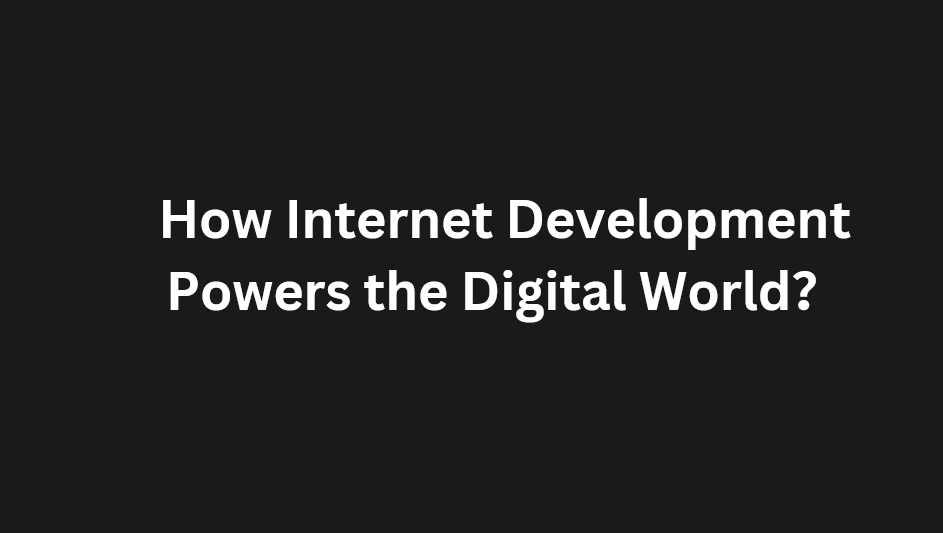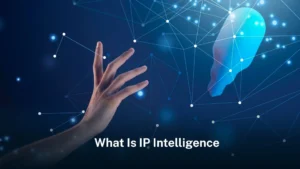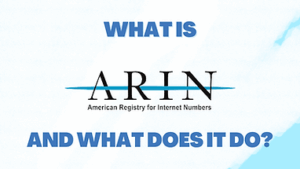Internet development refers to the continuous evolution, expansion, and optimisation of the underlying systems, technologies, and infrastructures that shape the global internet. It encompasses a vast ecosystem, ranging from the deployment of physical assets like fibre-optic cables, submarine networks, and data centres, to the refinement of foundational protocols such as TCP/IP, BGP, HTTP, and DNS. These elements work together to enable the seamless flow of information across borders and platforms, making real-time communication, e-commerce, cloud computing, and digital content delivery possible.
However, internet development is not limited to hardware or code. It is equally driven by structural reforms, regulatory frameworks, and cross-border policies that ensure interoperability, security, and accessibility. Governments, tech companies, international bodies, and non-profit organisations all play a role in shaping the future of the internet. This multi-stakeholder model supports a decentralised yet coordinated approach to internet growth.
As global internet penetration surpasses 5 billion users and more devices connect to the web through the Internet of Things (IoT), the need for secure, scalable, and inclusive digital infrastructure becomes critical. The demand is no longer just for speed or access—it is for stability, privacy, and equitable distribution of digital opportunities.
In this blog, we explore how internet development fuels the modern digital world. From accelerating technological innovation and economic competitiveness to enabling education, healthcare, and social inclusion, we examine how continued investment in digital infrastructure is key to building a future-proof and globally connected society.
What Is Internet Development?
Internet development involves multiple layers of progress. It includes:
- Infrastructure: Building and upgrading networks, including broadband, fibre optics, and 5G.
- Protocols: Evolving communication protocols like IPv6 and DNSSEC to meet new demands.
- Platforms and Services: Enhancing the web through new applications, cloud computing, and content delivery networks (CDNs).
- Security and Privacy: Implementing standards for cybersecurity, encryption, and data protection.
- Governance: Managing domain names, IP addresses, and regulatory frameworks.
Organisations like the Internet Society (ISOC), Internet Engineering Task Force (IETF), and regional internet registries (e.g., APNIC, RIPE NCC) are instrumental in shaping this evolution.
The Historical Journey of Internet Development
The internet has come a long way since its early days as ARPANET in the 1960s. Key milestones include:
- 1983: Adoption of the TCP/IP protocol, standardising data transmission.
- 1990s: Commercialisation of the internet and the World Wide Web.
- 2000s: Broadband replaces dial-up; mobile internet emerges.
- 2010s–2020s: Rise of 4G/5G, cloud computing, AI integration, and IPv6 adoption.
Each phase has introduced transformative technologies that changed how people work, communicate, and consume information.
Infrastructure: The Backbone of Digital Connectivity
Reliable infrastructure is at the core of internet development. It includes:
- Fibre-optic Networks: Supporting high-speed data transmission across vast distances.
- Data Centres: Hosting cloud platforms, services, and websites.
- Content Delivery Networks (CDNs): Reducing latency and improving performance by caching data near users.
- Wireless Technologies: 5G and future 6G networks enable mobile and IoT innovations.
Countries and companies invest heavily in these technologies to ensure universal access and faster service delivery.
Protocol Evolution and IP Address Management
For the internet to function, devices must communicate using standardised protocols. Key developments include:
- IPv6 Adoption: With IPv4 addresses exhausted, IPv6 offers a long-term solution for expanding connectivity.
- DNS Security Extensions (DNSSEC): Improve domain name resolution security.
- TLS and HTTPS: Enhance data privacy for users and organisations.
Regional Internet Registries (RIRs) like APNIC, AFRINIC, and ARIN manage IP address allocations, ensuring equitable and efficient distribution.
The Role of Internet Governance
Internet development depends on multistakeholder governance. Key institutions include:
- ICANN: Manages domain names and the root DNS.
- IETF: Develops protocols like HTTP, TCP, and IPv6.
- IGF: Facilitates policy discussions on internet access, security, and rights.
Their collaborative work ensures the internet remains open, interoperable, and resilient.
Cybersecurity and Privacy: Foundations of Trust
As more people rely on the internet, cybersecurity and data protection become essential. Internet development includes:
- Encryption Standards: Such as SSL/TLS and end-to-end encryption.
- Firewalls and Intrusion Detection: To protect infrastructure and data.
- Zero Trust Models: Replacing perimeter-based security with context-aware access.
These frameworks protect users, businesses, and critical services from cyber threats.
Cloud Computing and Edge Technologies
Internet development has accelerated the growth of:
- Cloud Platforms (AWS, Azure, Google Cloud): Offering scalable, on-demand resources.
- Edge Computing: Processing data near the source for lower latency.
- IoT Infrastructure: Connecting billions of devices worldwide.
These technologies support real-time analytics, automation, and global business continuity.
Social and Economic Impacts
Internet development drives measurable impacts:
- Economic Growth: Enables digital commerce, innovation, and job creation.
- Education and Health: Expands access to online learning and telemedicine.
- Inclusion and Empowerment: Helps marginalised communities connect and thrive.
According to the World Bank, a 10% increase in broadband penetration can boost GDP growth by 1.4% in developing countries.
Challenges in Internet Development
Despite progress, there are challenges:
- Digital Divide: Infrastructure gaps in rural or low-income regions.
- Cybersecurity Threats: Sophisticated attacks on public and private networks.
- Sustainability: Growing energy demands of data centres and network infrastructure.
Solving these issues requires investment, innovation, and global collaboration.
The Future of Internet Development
The next wave of internet development will involve:
- 6G and Satellite Networks: Expanding coverage to underserved areas.
- AI-powered Networks: Improving efficiency and reliability.
- Green Internet Initiatives: Reducing carbon footprints of IT infrastructure.
- Quantum Internet Research: Exploring new paradigms for ultra-secure communication.
Governments, tech firms, and civil society must work together to ensure the internet evolves responsibly.
Conclusion
Internet development is far more than just laying cables and boosting bandwidth—it is a comprehensive and strategic process that touches every aspect of modern life. At its core, it is about creating opportunities for people to participate in the digital economy, access essential services, and communicate across borders. It empowers communities by closing the digital divide, enables businesses to scale with agility, and supports governments in delivering smarter public services.
In an increasingly interconnected world, the digital landscape is evolving rapidly. From education and healthcare to finance and entertainment, the internet forms the foundation of innovation and growth. However, these benefits depend on a strong and inclusive infrastructure—one that is secure, resilient, and sustainable. That is why continued investment in internet development is essential, not only to improve speed and reach but to ensure that digital access remains a fundamental right for all.
By understanding the layers, challenges, and possibilities of internet development, we can take informed steps to build a truly connected global society. It empowers policymakers to make inclusive decisions, guides businesses to adopt future-ready strategies, and equips individuals with the tools they need to thrive in the digital age. Together, through collaboration and innovation, we can shape an internet that is open, reliable, and equitable—supporting a future where everyone can benefit from the promise of connectivity.




